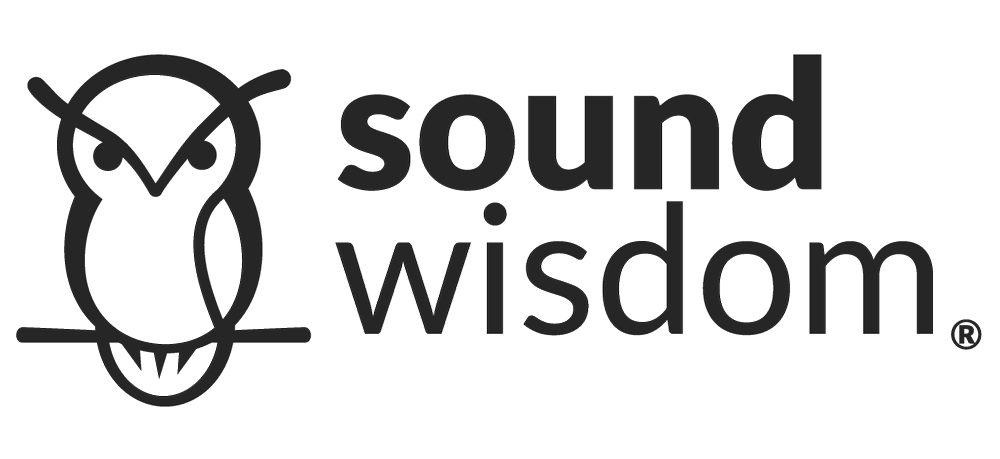
Sound Wisdom Blog
Should I Be Creating a Life for Myself or My Ideal Self? By Jennifer Janechek
I just finished reading Cait Flanders’s The Year of Less (Hay House, 2018), which is an incredibly moving memoir about the year the author put herself on a shopping ban, decluttered and gave away 70 percent of her belongings, left her corporate career to pursue her freelance writing work full time, and attempted to locate her authentic self—without the fillers of consumerism, alcohol, and toxic relationships.
I just finished reading Cait Flanders’s The Year of Less (Hay House, 2018), which is an incredibly moving memoir about the year the author put herself on a shopping ban, decluttered and gave away 70 percent of her belongings, left her corporate career to pursue her freelance writing work full time, and attempted to locate her authentic self—without the fillers of consumerism, alcohol, and toxic relationships.
Like half of her blog readers (she runs caitflanders.com, formerly blondeonabudget.com), whom she says fill her comment sections with posts about admiring her dedication to minimalism while expressing doubt that they could ever do the same, I found myself reflecting while reading about how I engage in similar destructive consumer behaviors—wasting a considerable portion of my “free time” on online shopping sites and frequently making impulse purchases that leave me less than satisfied and that detract from my ability to save—but not sure whether that exact approach was right for me. After all, as a fashion lover, I am someone who derives great pleasure from certain clothing and shoe purchases. At the same time, her book made me realize that I definitely need to bring more mindfulness to my purchasing practices. But what should mindful purchasing look like for me? And how might it look different for different consumers?
In a chapter aptly subtitled “letting go of the future,” Cait offers the following guiding question: “Who are you buying this for: the person you are, or the person you want to be?”
This question really gave me pause. I felt—and still feel—conflicted about it. On the one hand, I recognize the importance of honoring the person you are and not trying to buy things to fill a void or to present an inauthentic version of yourself just to be accepted. On the other hand, I also see the importance of being the best version of yourself, which entails, to some degree, creating a life for the person you want to be—not necessarily the person you are at the moment.
I understand Cait’s dilemma: she, like all of us I’m sure have done at some point or another, bought clothes, books, and project materials that she never used simply because she wanted the be the sort of person who wore, read, and did those types of things; so those purchases ultimately were a waste of money and became clutter (both emotional and physical). And there is a real trap, especially in the modern influencer-led world of social media, in marketing strategies that make you feel bad about your life so that you will make purchases in the hopes of achieving an ever-elusive ideal (read: more photogenic) life.
Perhaps mindful purchasing has more to do, then, with not buying items to be more like another person, opting instead to direct funds only to those things that are really for you, whether the you you are now or the you you want to be (as long as that you isn’t someone else). Obviously, disentangling the best or ideal version of yourself from the “best” version of someone else as presented in ads, social media, or even friendships is incredibly difficult, because marketing messages and ideologies of consumerism operate at such complex psychological levels that it’s often hard to discern the true roots of “wants.” But if that mental and emotional work can be done even in part, it seems like that would go a long way in determining whether a particular purchase will add value to one’s life. After closing the book, I decided to institute a waiting period before making any discretionary purchases—to spend three days mulling over why I wanted the item, what it will be used for (and how much use it will get), and whether it would add enough value to my life to justify the cost. It’s not the 30 days that Cait recommends, but I think it’s enough of a safeguard to prevent impulse—or what she terms “blackout”—buys.
Even if I can’t full decontextualize “ideal me” from the web of marketing ploys, it is possible for me to shift from being a “binge consumer” to being a more mindful consumer. To this end, I found Cait’s near-to-closing remarks encouraging: “Remember that all you’re committing to is slowing down and asking yourself what you really want, rather than acting on impulse. That’s it. That’s what being a ‘mindful’ consumer is all about.”
How do you determine the “value” of purchases? What decluttering/minimalism strategies have worked for you? Where do you stand on the issue of making purchases for your current self vs. your ideal self?
Being, Doing, and Having by Jim Stovall
We live in a world that is obsessed with having more things. One of the fastest growing industries in our society is the storage business. We are buying so much stuff we can’t hold it all. We have to rent places to put our stuff. There is nothing wrong with having things as long as the things don’t really have you.
We live in a world that is obsessed with having more things. One of the fastest growing industries in our society is the storage business. We are buying so much stuff we can’t hold it all. We have to rent places to put our stuff. There is nothing wrong with having things as long as the things don’t really have you.
Unfortunately, we have a preoccupation with buying things that we can’t afford, using money
we don’t have, to impress people who don’t care. Acquiring wealth and assets is a byproduct of doing work that creates value in the lives of others. In our consumer “buy-now world,” we have it backward. We want to have things that will make others think we are already successful.
The universe is set up with three natural steps to success: being, doing, and having. First, you have to “be” the right kind of person who has the motivation, intensity, ethics, and values that would make you successful. Then, after you become this kind of person, you are ready, willing, and able to “do” the things you know are necessary to make you successful. And finally, after you have become the kind of person who is doing the right things, you will inevitably “have” all the stuff and things you want.
In proper balance and as a reward for hard work, having nice things is wonderful. As a façade of smoke and mirrors using consumer credit to create the illusion of success, it is a hollow existence. Trying to have the result first is like the person who stands in front of the fireplace saying, “Give me some heat, and then I will throw in some wood.” Or the farmer who says to the field, “Give me a crop, and then I will plow, plant, and fertilize.”
When you get the natural system out of order and want to have things before you become the person who would do the right things, you inevitably will still have to pay the price for those things; and if you do it out of order, the price will come attached to a staggering interest charge.
As you go through your day today, focus on yourself as the ultimate tool that will perform the tasks creating value in our world that will inevitably result in you having everything you want and more to share with others around you.
Today’s the day!
This and other motivational pieces by bestselling author Jim Stovall can be found in Wisdom for Winners Volume Two, an official publication of the Napoleon Hill Foundation.




